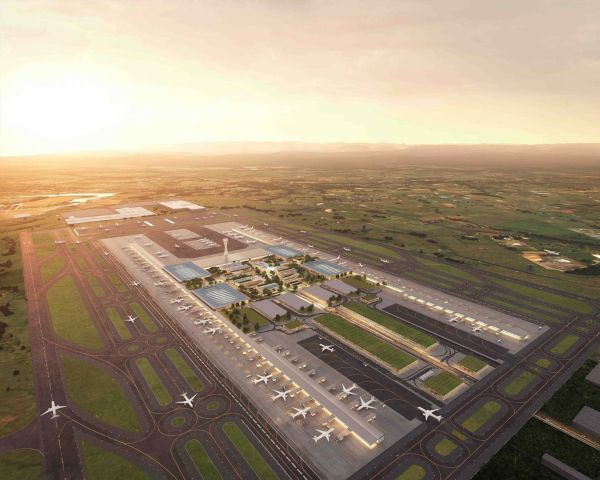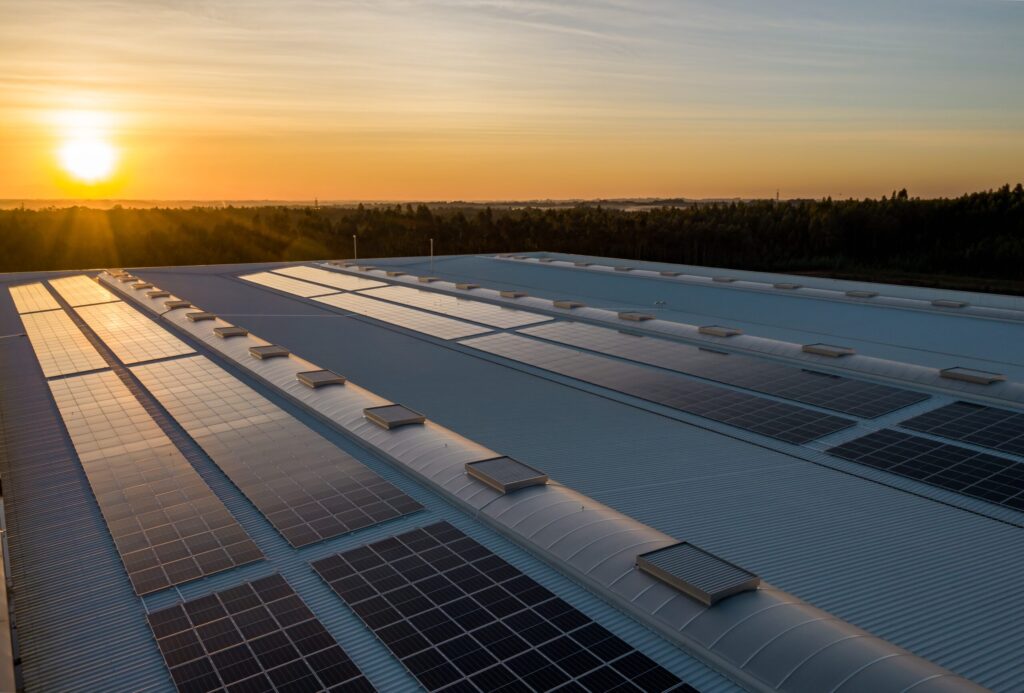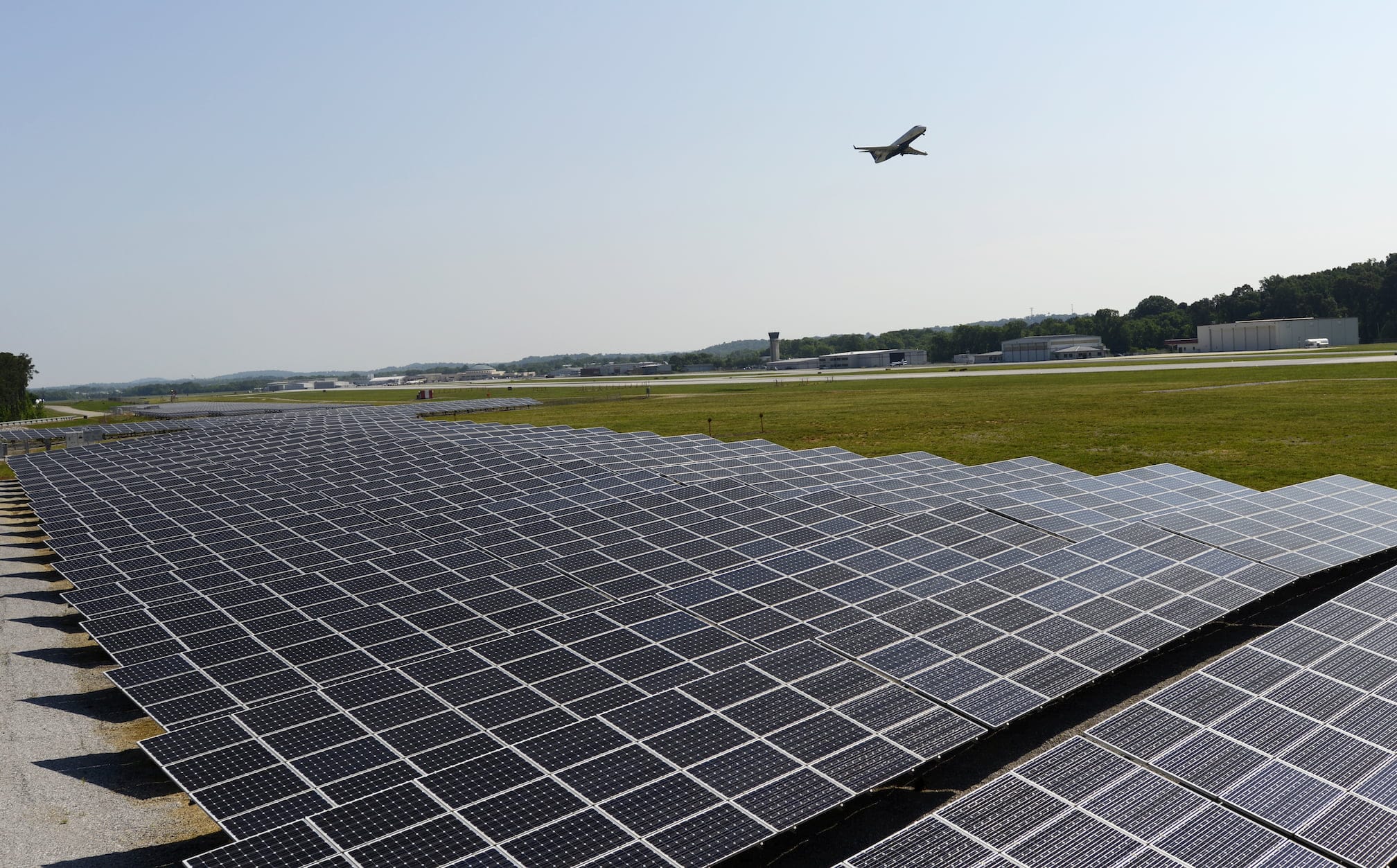One of the most beautiful ever seen: that of Shanghai. One of the cleanest: Frankfurt. One of the most chaotic: Paris.
All the airports (a few) that I had the opportunity to “visit” were surrounded by wide open spaces, and full of sunlight.
Nice strength, you say: airports almost all have characteristics like these. Well: now imagine their roofs entirely covered with solar panels.
It's not a fantastic vision of a technological future, but the subject of new research at the Royal Melbourne Institute of Technology (RMIT University).
What did the study on “solar” airports consist of?
The researchers incorporated real-world data into a software program. The results, published in the Journal of Building Engineering, show that if Australia installed solar panels on all 21 government-owned airports, the country could produce approximately 466 Gigawatt Hour (GWh) of electricity every year.
That's enough to power around 136.000 homes.
“Australia faces an energy crisis, but doesn't tap many spaces for solar energy, including airport rooftops,” he says Chayn Sun, senior lecturer at RMIT and among the authors of the research.
Harnessing this energy source would avoid burning 63 kilotons of coal every year, a step towards a zero-emissions future
Chayn Sun

How did scientists arrive at these figures?
First, the team surveyed cadastral data from Australia's 21 federal airports, resulting in a total of 2,61 square kilometers of available space.
Then they compared the amount of energy the country could conceivably generate with solar panels on these commercial rooftops, with the amount of energy currently generated with solar panels in residential areas.
What's the difference?
Because residential roofs are typically built at an angle, they create sloped structures that are subject to shadows from trees and other buildings. This reduces solar energy collection. Commercial roofs, on the other hand, are generally flat and free of obstacles. RMIT scientists found that solar panels installed on commercial roofs could harvest 10 times more energy than those installed on residential roofs.
Long story short, there is plenty of energy on airport rooftops.
This approach could reduce overall operating costs, starting with those of the airports themselves, and offset their emissions.

Australia can be a sunny continent
Australia is in a special position. It's a huge nation with a small population and lots of sunshine. This is why it has become a global leader in renewables infrastructure.
The paradox is that it has so much sun that it sends solar energy even to Singapore, but it does not act extensively by itself.
Australia could store solar power generated at airports and feed it into the grid during outages. Large-scale energy demand requires large-scale energy production in the form of larger projects: and a network of solar panels on airports fits the bill perfectly.


